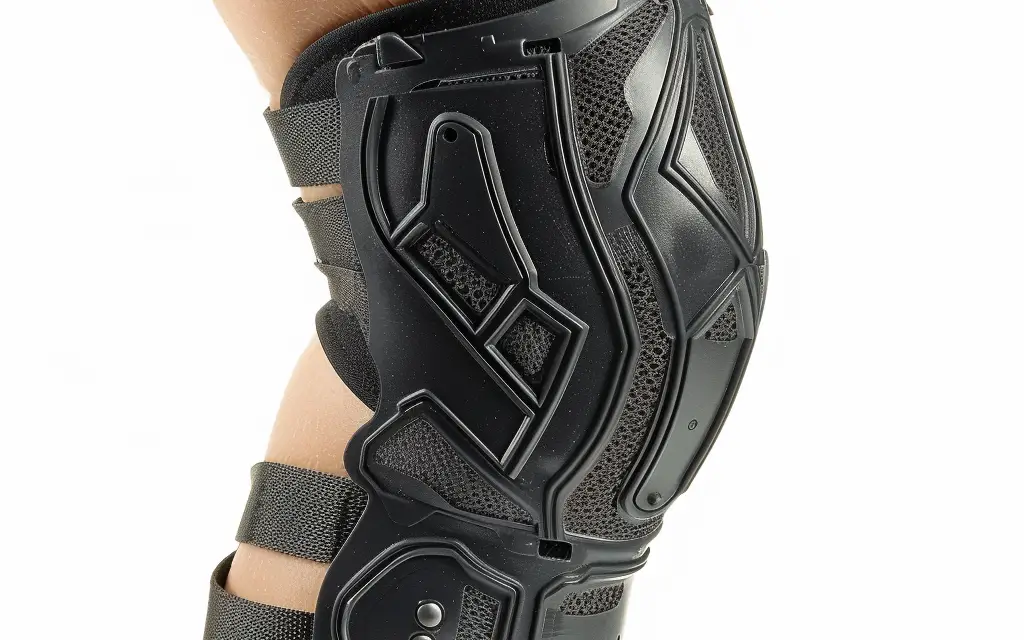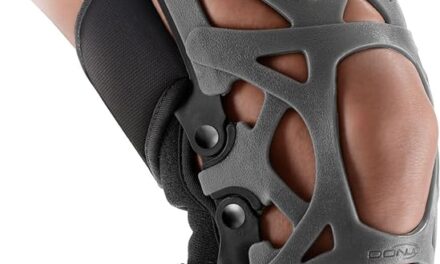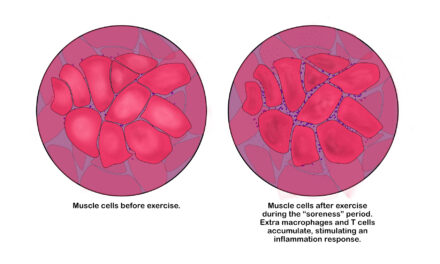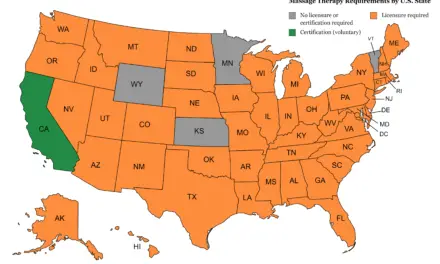Knee braces are medical devices worn around the knee joint to provide stability, support, and/or protection. These braces are often used by people with new knee injuries, after knee surgery, or who suffer from chronic conditions, such as arthritis. Knee braces can be condition-specific or used for general knee pain.
What do knee braces treat?
Knee braces treat a wide variety of conditions. There are specific braces for patellofemoral pain syndrome (PFPS), patellar dislocation or subluxation, ligament (ACL, PCL, MCL, LCL) sprains or tears, and arthritic conditions. General knee braces can be used after a meniscus tear, muscle strain, or for non-specific knee pain.
How does a knee brace work?
Most knee braces are engineered to provide support and stability which then helps with pain. Depending on the type of brace, they may have extra support in one or multiple areas of the knee to improve function.
Braces that control motion may restrict only the patella (knee cap) or may encompass your whole leg to limit the bending and straightening of the knee joint.
Knee sleeves are a type of brace that provides compression to the entire joint, mostly decreasing pain and making the wearer feel more stable.
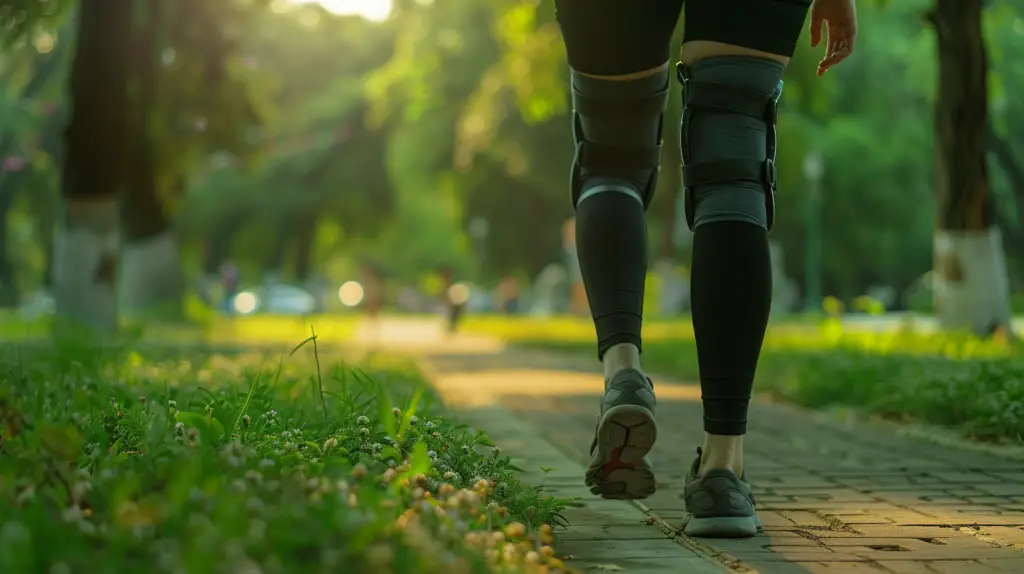
Some people wear two knee braces, such as a double pack of knee braces with side stabilizers. These braces can be used for knee pain and meniscus tears. (Image by Nick Ng)
Types of knee braces
In general, knee braces are categorized by what they do.
- Prophylactic braces reduce the risk of knee injuries in potentially dangerous situations such as sports.
- Functional braces create stability after a knee injury; these can allow for better movement while waiting for surgery, allow function without surgery, or reduce the risk of further injury. Both prophylactic and functional braces are used for knee injuries such as ACL, PCL, or meniscus tears, PFPS, or other sprains and strains.
- Rehabilitative braces are used when the knee needs to be immobilized or range of motion (ROM) needs to be limited. These are typically only used for short periods after injury or surgery.
- Offloader braces are used for those who have arthritis. These braces are designed to shift your weight away from the part of the knee joint with arthritic changes. These are mostly used for mild to moderate osteoarthritis.
- Patellofemoral braces are often called “J-braces” because they have a J-shaped reinforcement on the lateral side of the cut-out for the patella to prevent the bone from moving in that direction. If patellofemoral tracking is a problem but the patella has not yet subluxated or dislocated, a patellofemoral brace may have a cut-out without J-shaped reinforcement.
- Knee sleeves are used for non-specific knee pain and conditions. These are typically made of neoprene or another breathable fabric and may or may not have a cut-out for the patella. These do not provide support in any particular direction but offer general knee compression which can help it stay “warm” when you have arthritis or feel stable if it feels like your knee is going to “give out.”
How do I put on a knee brace?
Most knee braces are pulled on from bottom to top (foot to knee). Be sure to remove your shoe before putting the knee brace on so you don’t over-stretch the material. Knee braces that go on this way include sleeves, those made for ligamentous support, offloaders, and patellofemoral braces. Once they are on, most braces have additional straps that must be tightened. These straps may need to be secured in a specific order for maximal support and stability; consult the user manual or the manufacturer’s website for these instructions if the straps are not labeled.
At times, the brace may encircle your leg and be secured by velcro on the padding and customizable straps. These straps are fitted to your leg and then secured with a clasp or hook.
How do I keep it from sliding down?
This is the age-old question. Off-the-shelf knee braces come in sizes. You may need a tape measure to measure above and below your knee, as well as around the joint, to find the right fit. Taking these measurements rather than estimating your size can help with slippage issues.
Immobilizers or ROM limiting braces also come in sizes, but keeping them up can be complicated by the changing size of your knee after injury. For example, if you tear your ACL and have surgery, your thigh may not be the same size two weeks after surgery as it was when they initially measured you for the brace. Tightening the straps on these braces and following the instructions about what order to fasten them in should help keep it in place.
If you have a custom-fitted brace, such as an offloader or some ACL braces, you will need to contact a customer service representative from the brace maker to re-fit the brace for you if it is sliding down.
Risk
Though knee braces often help manage pain and improve function, there are some potential risks associated with their use. Long-term use of a knee brace can lead to muscle weakness or atrophy. The brace may limit bending and straightening, which can allow a muscle to weaken through some of the range of motion.
Wearing a knee brace can also cause joint stiffness if the brace limits ROM. Braces that limit motion generally do so purposefully, but there are cases where someone might self-limit their motion when wearing a brace because it’s uncomfortable when they bend.
Another risk associated with wearing a knee brace is skin irritation. Several braces come with sleeves to wear under the brace but these aren’t often used because the extra layer is hot and the brace slips when the material is acting as a barrier between the brace and the skin.
A brace that doesn’t fit properly is not only ineffective for the original problem but can cause other discomfort or further injury.
Lastly, there’s a risk of developing dependence on the brace and feeling like your knee isn’t stable without it. This can lead to using a brace when one is no longer necessary which may lengthen the rehabilitation process.
How long do I need to wear a knee brace?
Bracing for non-specific knee injuries is harder to define. Generally speaking, it takes eight to 12 weeks for strains or sprains to heal and it may be useful to wear the brace for support during this time. As your knee gets better, it’s important to wean from the brace so that you don’t rely on it.
The type of knee brace you use can also determine when and for how long you wear it. Post-surgical braces for the ACL are sometimes prescribed by the surgeon. If you are prescribed one of these braces, it will most likely only be for use during contact sports.
In cases of patellar dislocation/subluxation or collateral ligament injury, the brace is typically worn all the time for the first several weeks and then only when participating in intense activities or playing sports once physical therapy has been completed.
Offloader braces are intended to be worn during waking hours. These braces are meant to help the wearer with activities of daily living, not necessarily intense activity.
Can I get a massage while wearing a knee brace?
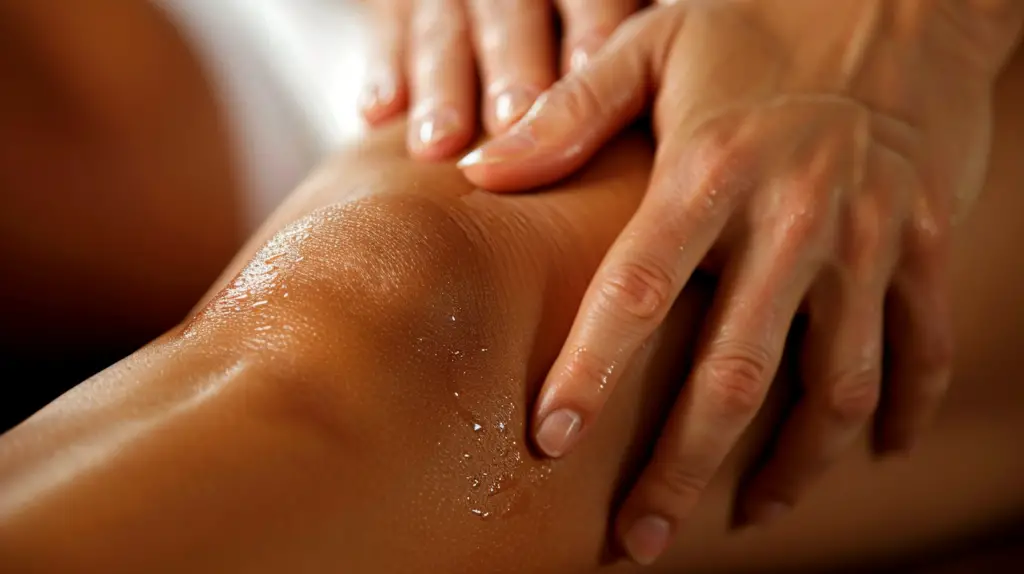
You could get a massage while wearing a knee brace but the device will limit where the massage therapist can work. In most situations, it’s safe to take the brace off (even if you have an acute injury and are bracing “all” of the time) during the massage. You should tell the massage therapist about your injury so that they can adjust their techniques based on your condition.
Do knee braces work for knee pain?
Research shows that knee braces can help with pain. A 2021 systematic review concluded that knee braces can help decrease pain and improve function—but this is dependent on the type of brace and the condition being treated.
Also, a randomized clinical trial found that knee braces, when combined with exercise and other treatments, are part of an effective strategy for managing pain and improving the quality of life in patients with knee osteoarthritis.
Knee braces can be a valuable tool for managing knee pain and symptoms. It’s best to consult a physician or other healthcare professional to ensure you are using the proper brace for your condition.
Further reading

Penny Goldberg, DPT, ATC
Penny Goldberg, DPT, ATC earned her doctorate in Physical Therapy from the University of Saint Augustine and completed a credentialed sports residency at the University of Florida. She is a Board Certified Clinical Specialist in Sports Physical Therapy.
Penny holds a B.S. in Kinesiology and a M.A. in Physical Education from San Diego State University. She has served as an Athletic Trainer at USD, CSUN, and Butler University.
She has presented on Kinesiophobia and differential diagnosis in complicated cases. Penny has published on returning to sports after ACL reconstruction and fear of movement and re-injury.
Outside of the clinic, Penny enjoys traveling, good cooking with great wine, concerts, working out and playing with her dogs.

